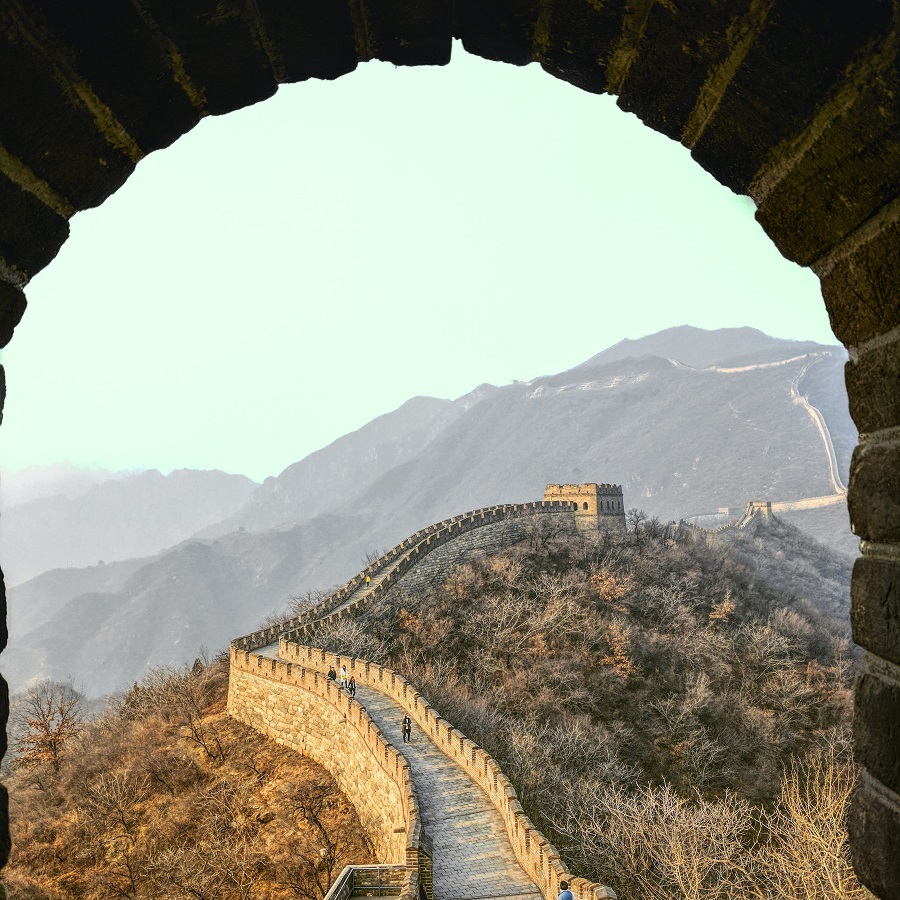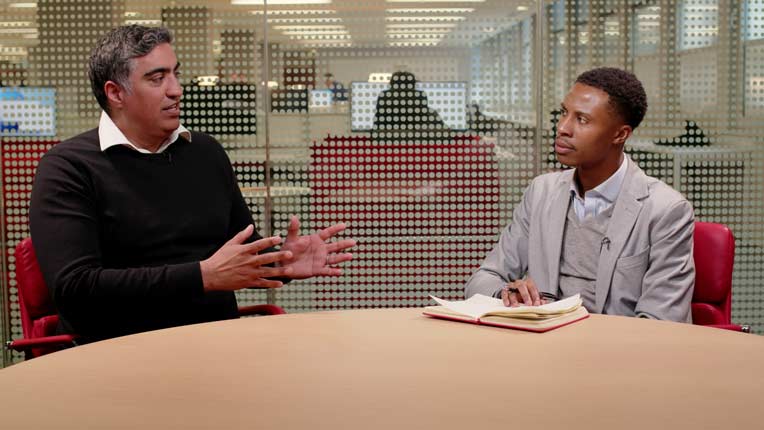Holly Black: Welcome to Morningstar, "Ask the Expert." I'm Holly Black. With me is Alex Morozov. He is head of European Equity Research at Morningstar. Hello.
Alex Morozov: Hi, Holly.
Black: So, you analyse a lot of stocks in your day-to-day work. And one of the key measures you look at is the Morningstar moat rating. What is that?
Morozov: Well, the idea of an economic moat rating actually did not originate with Morningstar. We started using the term, I guess, about two decades ago. But really the originator of the concept of economic moat is Mr. Warren Buffett himself. He started talking a lot about the companies that have those economic moats around their businesses. Just think of the idea of a castle surrounded by moat and the moat really is the competitive advantages that allow those companies to survive and prosper over very long periods of time.
So, what Morningstar did is they said, Well, you know what, there is a really clear opportunity for us; there is a lot of research out there that focuses on the near-term dynamics, on the short-term price movements, on next quarter's earnings per share, we're going to not do that. What we're going to do is, we're going to look at the company's competitive advantages over a very long time, let's say 10, 15, 20 years, and build our entire business model around evaluating those competitive advantages. So, we call them economic moats. Our analysts do a lot of work trying to establish what the duration of that economic moat is; first of all, is there a moat at all, and then how durable it is.
Black: And then, you can have wide and narrow. So, I'm guessing the wider the moat, the more of the cavalry you're going to keep out?
Morozov: Yeah. So, the wider the moat, the more durable competitive advantages are. So, the companies really think of like the best of the best businesses out there. These are the companies like Johnson & Johnson, Coca-Cola. So, very, very established companies with very long operating history and very durable competitive advantage. But it also could be companies like Google – well, Alphabet, Facebook, Mastercard, so newer companies, but the companies that have been able to build such strong competitive advantages that our analysts think it's not just going to last for the next 5, 10 years, but it actually will allow them to out earn their cost of capital, which is the ultimate metric that we use, for the next 20-plus years.
Black: So, what are some examples of competitive advantages that are most attractive when you're looking at these companies?
Morozov: So, at Morningstar, we've characterised the competitive advantage's sources into five broad buckets – intangible assets, switching costs, cost advantage, network effect, and efficient scale. So, when you think of intangible assets, it's probably the easiest one to explain, but it's also perhaps the easiest one to misattribute the moat to. So, a typical example of an intangible asset would be a brand power. So, brand power, when you think of brands, you think, for sure there is a competitive advantage. And yes, indeed, for some companies, brand power is their main source of economic moat. Think of Ferrari or Louis Vuitton. These iconic brands that have been around for years and years. And what's important about those brands that the customers are willing to pay premium pricing for those brands, even though the product itself might not be that differentiated, but the brand power is so strong, that the customer say, you know what, I'm going to get the super product, premium product, I'm willing to pay premium pricing.
At the same time, you look at the brands that we recognise, but perhaps don't yield that same kind of competitive advantage. Think of brands like Sony. Yeah, it's a well-recognised brand. We all know it. We all heard of it. But do customers really want to pay a significant premium for a Sony television over LG, Panasonic, et cetera? So, the intangible source of economic moat is a very easy one to understand, but difficult one to prove.
Black: Yeah.
Morozov: And other source of economic moat, such as cost advantage, switching costs, they all do require, ultimately, our analysts to develop confidence about those sources being very durable. It's tough enough to forecast the next one or two years of a company's performance. It's much, much more difficult to look at 10, 15, 20 years in the future and say, this is the company that's not just going to be around but also is going to out earn its cost of capital. And that's what our analysts have to do with those sources of moat. They need to identify them and then show us that they will lead to those outsized excess returns.
Black: Alex, thank you so much for your time.
Morozov: Yeah, no problem. Thanks, Holly.
Black: And thanks for joining us.









.jpg)

















